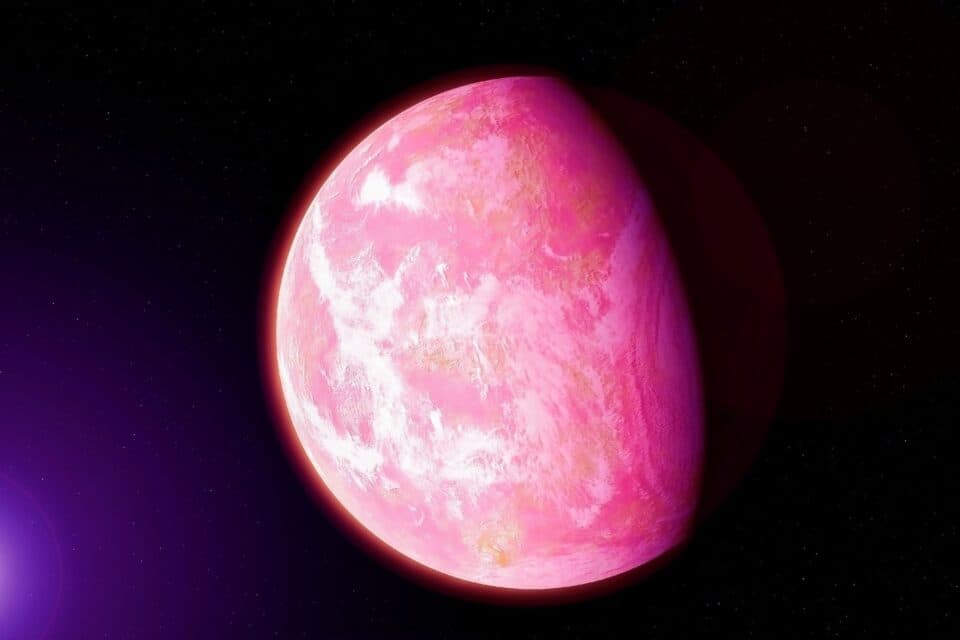Exoplanets, those distant worlds orbiting other stars, continue to surprise astronomers with their peculiar properties. One such enigma is the “puffiness” of certain gas giants, like the warm Neptune exoplanet WASP-107 b. Despite its moderate temperature, WASP-107 b boasts an extremely low density, akin to a microwaved marshmallow. How can a planet be so inflated without defying the laws of physics?

The Mystery Unveiled
Recent data from NASA’s James Webb Space Telescope (Webb), combined with earlier observations from the Hubble Space Telescope, sheds light on this cosmic puzzle. The key lies in the planet’s internal composition. WASP-107 b, although more than three-quarters the volume of Jupiter, weighs less than one-tenth as much. It’s one of the least dense known planets, challenging conventional theories of planetary formation.
The Missing Methane Clue
Webb’s extraordinary sensitivity allowed researchers to analyze WASP-107 b’s atmosphere in detail. Surprisingly, they found minimal methane (CH4) in the planet’s atmosphere—far less than expected based on its assumed temperature. This scarcity of methane hints at a significantly hotter interior than previously estimated.
Tidal Heating and Orbital Dance
The culprit behind WASP-107 b’s puffiness? Tidal heating. The planet’s slightly elliptical orbit causes continuous changes in its distance from the star. As the gravitational pull fluctuates, it stretches and heats up the planet. This extra internal energy keeps the atmosphere well-mixed and inflated.
Solving a Long-Standing Mystery
WASP-107 b’s unique properties provide insights into the diversity of exoplanets. Its giant radius, extended atmosphere, and edge-on orbit make it an ideal target for transmission spectroscopy. By analyzing the light absorbed by its atmosphere, scientists can unravel the chemistry and dynamics of distant worlds.
Leave a Reply